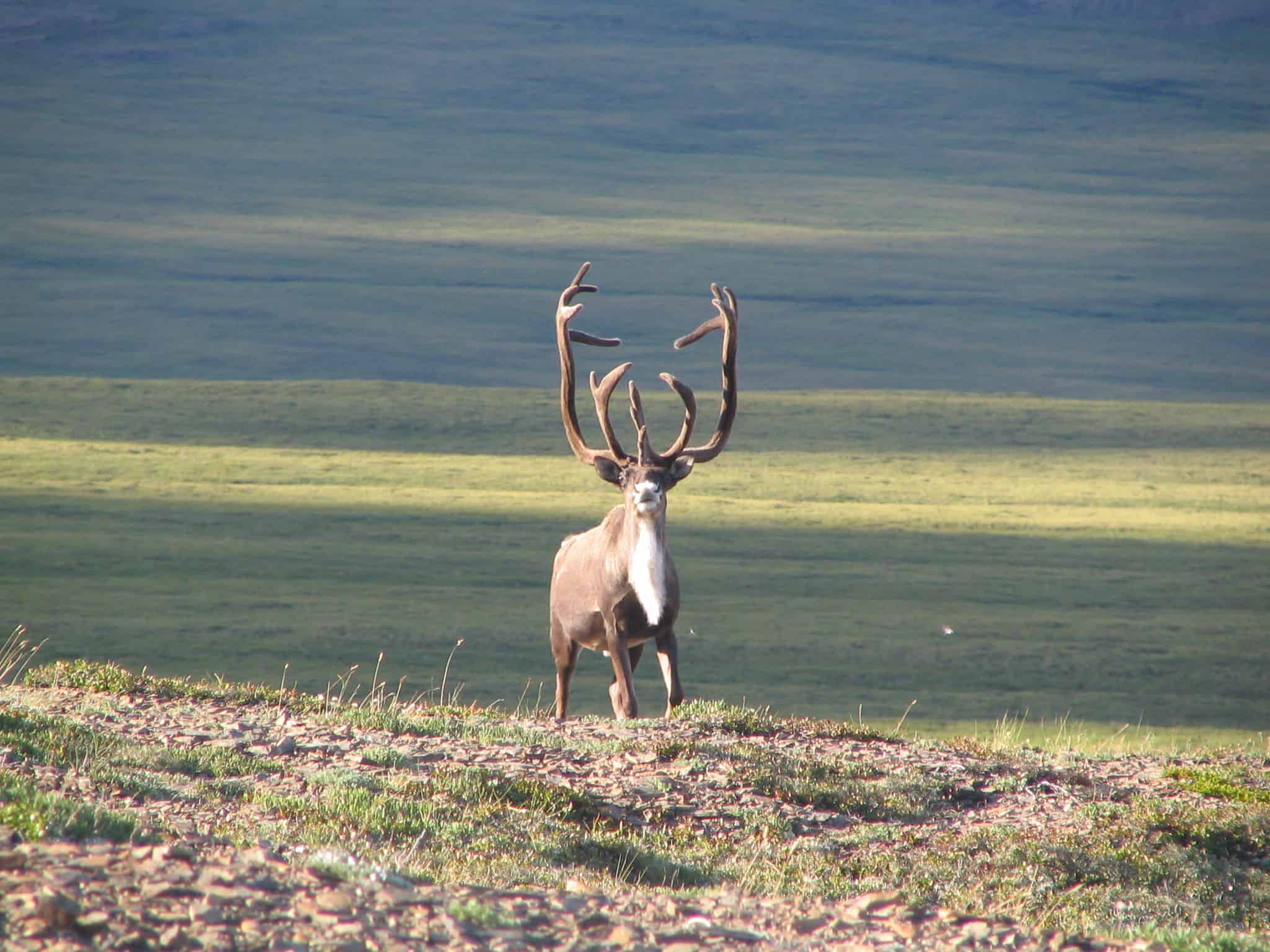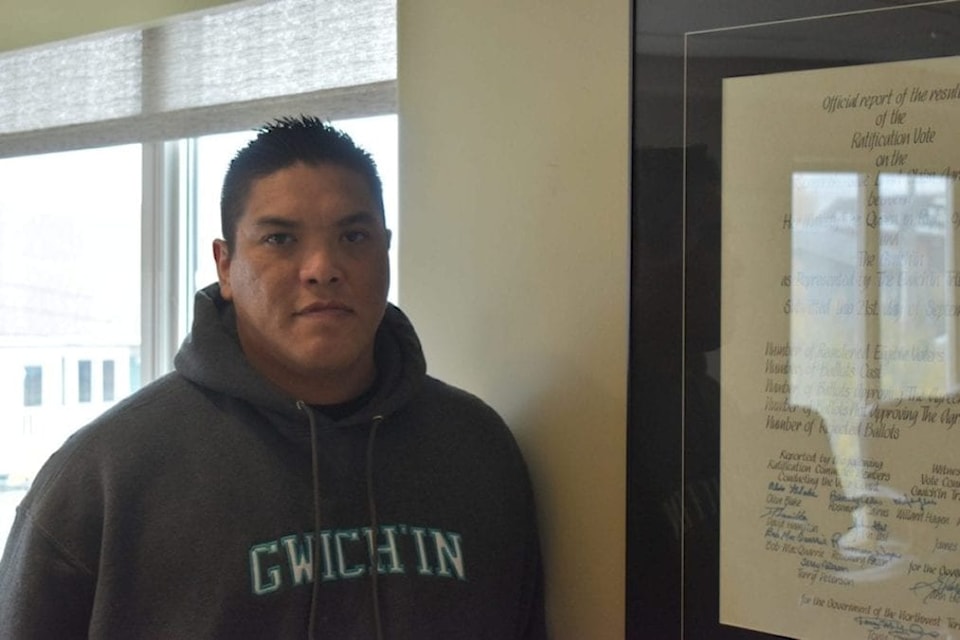
photo courtesy of Marsha Branigan
Thirty four years since the Porcupine Caribou User Agreement was first considered, eight Indigenous organizations finalized the plan on August 27, signalling a key strategy for the herd as other populations drop precipitously.
The agreement, which included the Inuvialuit Game Council and the Gwich'in Tribal Council, outlines how to manage the herd if its numbers drop, and also if a community has difficulty accessing the herd.
"It started before I was even born," Gwich'in Tribal Council vice-president and Deputy Grand Chief Jordan Peterson, who's 32, told Inuvik Drum.
"To be able to fulfill our elders' and our ancestors' and forefathers' insight and mandate and vision, I think is pretty incredible for this organization, for the Gwich'in people, and for the other parties in the agreement."
The Inuvialuit Game Commission was also involved in the development of the plan, but did not respond by press time.

Nick Pearce / NNSL Photo
Current estimates peg the current herd at around 205,000 caribou. If the herd is above 115,000, then hunters can harvest up to two bulls, while Indigenous hunters can take an unlimited amount of both bulls and cows.
After the population drops below that number, however, licensed hunters can shoot a single bull, and Indigenous hunters can still take an unlimited amount, but voluntarily bulls only. If the herd falls further, between 45,000 and 80,000, a licensed hunter needs a permit and Indigenous hunters can harvest for subsistence allocation.
Licensed hunters are barred once the herd drop below 45,0000 and Indigenous hunters may only hunt for ceremonial purposes.
According to the Porcupine Caribou Management Board's website, the herd hasn't dipped below 100,000 since counts were first taken in 1972.
Peterson said that while the initial herd management plan called for a user agreement, users have managed the population respectfully without it.
"There were no lines drawn, but people knew you didn't enter into another nation's territory unless there was arrangements made," he said.
However, the plan provides considerations should the herd become unhealthy – especially in the wake of climate change and its impacts on local species. Meanwhile, the current U.S. Congress recently opened up the area to oil and gas development in Alaska, which could adversely affect herd health.
The herd's calving grounds are in Alaska and development could consequently affect the food security of harvesters in NWT.
Peterson is concerned about its potential impact.
"If you think of any human in this world that would want to give birth to a newborn next to oil rigs, next to possible pipelines, next to possible oil spills, I think no one would want that," he said.
For Peterson, the significance of the herd is vital and the participation of other Indigenous communities including those outside of NWT – Yukon First Nations Na-cho Nyak Dun, Tr'ondek Hwech'in and Vuntut Gwitchin – is deeply meaningful.
"It's just all of us participating in something we all truly believe in, for one. And for two, to be able to protect the herd and to be able to ensure our grandkids and their grandkids and their grandkids can use caribou in the way we always have and that's very fruitful to our subsistence lifestyle."
As the agreement moves forward he asks that participants be mindful of each other's traditional practices as they "hunt safely, (and) hunt wisely."
